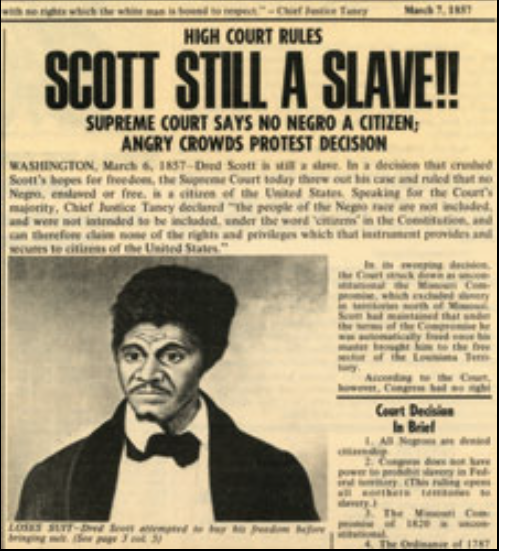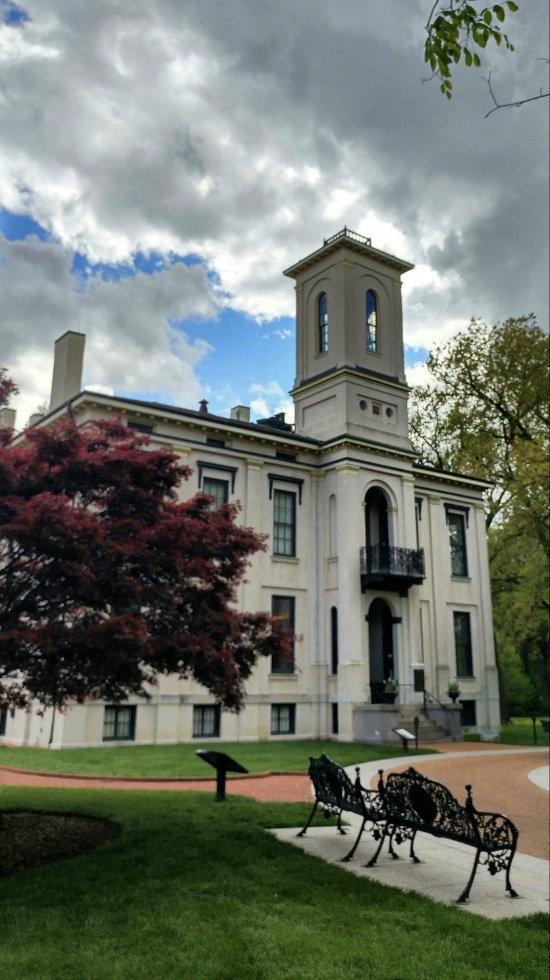The Missouri Botanical Gardens (MOBOT) has a varying degree of wicked problems. There is a set of qualities that makes something a wicked problem. These qualities are unique, urgent, undefined solution, vague problem definition, irreversible, and no endpoint. These qualities will be applied to the story and past of Henry Shaw and the depths of the true founding of MOBOT.
In complex/wicked problems, if there is no definition of what needs fixed, then no solution can be found if finding a solution is even possible. In the context of MOBOT, there isn’t really any debate on if the truth should be told to the public or not. From the conversations I’ve heard, everyone is on the side of speaking the full truth. However, if there was a debate on if the story should be told, that would directly affect the debate on what the solution could be.
Considering the direct effect between the wickedness of a vague problem definition, this deeply effects the solution, if there be one at all. In the circumstances of the Missouri Botanical Garden, there are numerous perspectives that can be applied to what the result might look like for MOBOT. Considering that “not everyone will agree on when the problem has been resolved and how effectively” (Remington-Doucette 68) it is difficult to decide on even a temporary solution. Different aspects must also be playing a part when deciding a solution. In this case, things such as the opinion of the National Park Service, the public, and those who donate to the Gardens. Considering these other stakeholders make it grueling to come to an agreed upon solution. Coming up with a solution, at first, appears never-ending, but it is near impossible in an issue as complex as the one we CODES students are dealing with. When collaboratively solving for such a complex solution to such a wicked problem, it feels like a spiraling that is never-ending. This concept is described in a novel titled, Wicked Problems: Problems Worth Solving perfectly. It is said by Jon Kolko that, “Every wicked problem is a symptom of another problem. The interconnected quality of socio-economic political systems illustrates how, for example, a change in education will cause new behavior in nutrition” (Wicked Problems). In our research with MOBAT, this search for a solution will continue long after we all graduate, but we will assist the Missouri Botanical Garden in becoming closer to the solution they have been in dire need for way too long. The combination of the research team along with employees has allowed for a special relationship that is not commonly seen in other botanical gardens. This relationship along with other aspects makes MOBAT unique.
The founding of the Missouri Botanical Garden is unique. MOBOT has been described as “one of the oldest botanical gardens in the U.S., Missouri Botanical Garden is outstanding not only in the excellence of its displays, but also in the richness of its architectural heritage and the importance of its botanical research” (Our History). The history of what we learned about Henry Shaw makes the Missouri Botanical Garden stand out from other gardens in the aspect of they’re not afraid of sharing the true past of the opening of the garden. When comparing to other Botanical Gardens, like the Green Bay Botanical Garden, there is no place on the website that even touches on the founding of the gardens (“Founding”). In A Sustainable World, the unique aspect makes one place stand out because, “the same solution will not work effectively” (Remington-Doucette 69). MOBOT is also unique because of the geographic location. When the timeline of the opening of the gardens is considered (1859), the history plays a role in the garden. It was only 2 years prior to the opening of the garden that “the United States Supreme Court ruled that black people were not citizens of the United States and denied Congress the ability to prohibit slavery in any federal territory” (Slavery in America – Timeline – Jim Crow Museum). Since this is where the law stood so close to when the gardens were opened, this makes the situation of Henry Shaw and his owning of enslaved people unique. Although there is a deep-rooted history in MOBOT, the past of Henry Shaw, and the story of the enslaved peoples is something that is irreversible.

According to A Sustainable World, an irreversible problem, means “the effectiveness of a solution cannot be verified prior to implementation through low-stakes trial-and-error testing” (Remington-Doucette 69). The wicked problem involving the Missouri Botanical Gardens has existential roots with the word irreversible. The fact that Henry Shaw owned slaves means that the truth of making Shaw this fantastic person who opened the Botanical Gardens and brought all these plants to Missouri makes Shaw a remarkable founder. However, it is impractical for the Gardens to continue telling that story because the true story is irreversible. If the truth of Shaw is never told, then there is the possibility of the truth of the garden being buried with those who are attempting to tell the story now. These facts make the story of Shaw urgent.

Urgency in a wicked problem is described as affecting a system when “failure to act will result in permanent harm to human and natural systems” (Remington-Doucette 69). If future generations never hear the historical events that began with slave-owning and negative connotations to present-day where the truth is attempting to be spread, then no one will ever know. The truth will be drowned out with the white-washed version of history.

A wicked problem has many characteristics that play a role in each complex issue, and no one complex issue is the same, which is what makes the problem wicked. Every situation is unique, never-ending, irreversible, urgent, has no defined solution, and has a vague problem definition. These qualities differ from situation to situation, but with wicked problems, the chase is to get closer to a solution and to never stop digging for information.
Resources:
Dance, Fran. “DeSantis and Our Legislature Would Whitewash History.” Charlotte County Democrats, 28 Jan. 2022, https://www.charlottedems.com/desantis-and-our-legislature-would-whitewash-history/.
“Founding.” Green Bay Botanical Garden, https://www.gbbg.org/search/founding. Accessed 20 Sept. 2023.
Our History. https://www.missouribotanicalgarden.org/about/additional-information/our-history. Accessed 20 Sept. 2023.
Remington-Doucette, Sonya. Sustainable World: Approaches to Analyzing & Resolving Wicked Problems. Second edition, Kendall Hunt Publishing Company, 2017.
Slavery in America – Timeline – Jim Crow Museum. https://jimcrowmuseum.ferris.edu/timeline/slavery.htm. Accessed 20 Sept. 2023.
Wicked Problems: Problems Worth Solving (SSIR). https://ssir.org/books/excerpts/entry/wicked_problems_problems_worth_solving. Accessed 20 Sept. 2023.